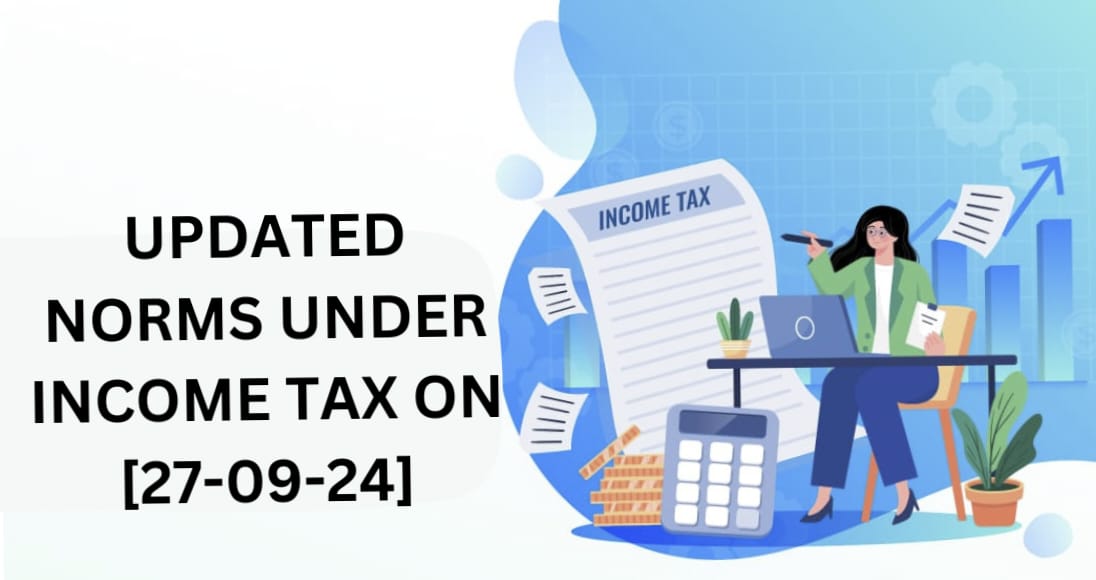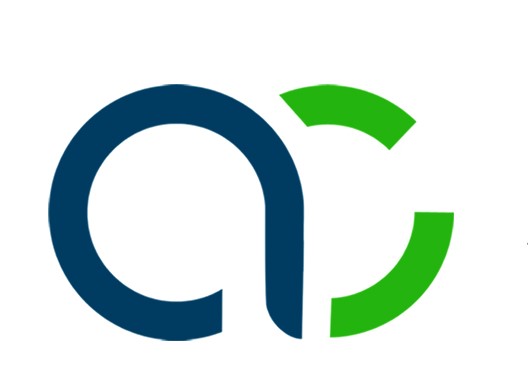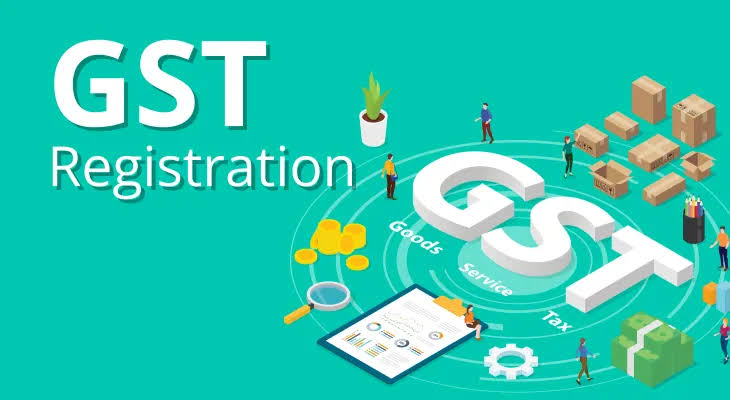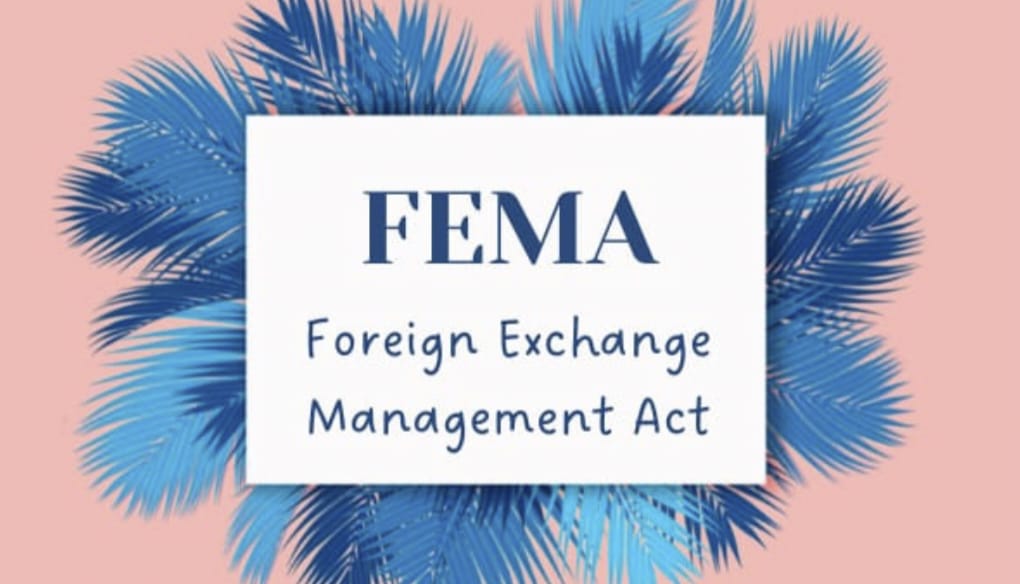Updated Norms under Income tax [ Sep 27, 2024]
The Indian Government introduced Vivad Se Vishwas
Scheme 2.0 in the 2024 Union Budget to resolve long-pending income tax
disputes. This scheme is effective from 1st October 2024, is designed to
simplify the process for taxpayers to settle disputes by paying a portion of
their tax dues. In this blog, we’ll cover the essential details, including
eligibility, payment terms, and the application process.
Introduction, Applicability to Vivad Se Vishwas Scheme 2.0, Amount Payable Under the Scheme
Introduction
to Vivad Se Vishwas Scheme 2.0 :
The Vivad Se Vishwas Scheme 2.0 aims to reduce the
burden of litigation in income tax disputes. It allows eligible taxpayers to
settle their cases by paying a percentage of the disputed tax amount or penalties.
The goal is to promote quick resolution and ease the burden on both taxpayers
and the tax authorities.
Applicability
of the Vivad Se Vishwas Scheme 2.0 :
This scheme applies to disputes that are under
appeal, including:
·
Appeals pending as of 22nd July 2024:
This includes cases at the Supreme Court, High Court, Income Tax Appellate
Tribunal (ITAT), and Commissioner/Joint Commissioner (Appeals).
·
Dispute Resolution Panel (DRP): If the
DRP has passed an order, but the final assessment order is still awaited.
·
Revision applications under Section 264:
Any application filed under this section of the Income Tax Act, 1961, can also
be resolved through this scheme.
Amount
Payable Under the Scheme :
The amount that taxpayers need to pay depends on the
timing of their appeal:
|
Nature
of Tax Arrear |
Amount
Payable Before 31st Dec 2024 |
Amount
Payable After 1st Jan 2025 |
|
Disputed
Tax |
100%
of disputed tax |
110%
of disputed tax |
|
Disputed
Interest/Penalty/Fee |
25%
of disputed interest/penalty/fee |
30%
of disputed interest/penalty/fee |
For cases where the tax authorities have filed the
appeal or a lower authority ruled in favor of the taxpayer, the amount payable
will be 50% of the above.
Special
Cases: In disputes involving Minimum Alternate Tax (MAT)
or Alternative Minimum Tax (AMT) credits, taxpayers can either include these
credits in the disputed amount or carry them forward for future tax years.
How to Apply Notified Forms and Important Points to Consider
How
to Apply: Notified Forms :
To settle disputes under this scheme, the following
forms are required:
·
Form-1: Declaration and Undertaking by
the taxpayer (declarant).
·
Form-2: Certificate issued by the
Designated Authority.
·
Form-3: Intimation of payment, which
must be submitted along with proof of withdrawal of the appeal.
·
Form-4: Final settlement order by the
Designated Authority.
Forms must be submitted
electronically. Form-1 should be filed separately for each dispute, but if both
the taxpayer and the income tax authority have appealed the same order, only a
single Form-1 is necessary.
Important
Points to Consider :
·
Filing a declaration does not mean the
taxpayer accepts the tax assessment.
·
The scheme offers immunity from further
penalties or interest once a case is settled.
·
It excludes certain disputes such as
cases involving search and seizure, prosecution, undisclosed income, or assets
held abroad.
Conclusion
:
The Vivad Se Vishwas Scheme 2.0 offers taxpayers a
chance to resolve their pending disputes efficiently, saving time and
resources. With reduced penalties and immunity from additional proceedings, it
presents a simplified path to close outstanding tax matters.
By understanding the eligibility, payment terms, and
application process, taxpayers can take advantage of this scheme before the
year-end deadline.






